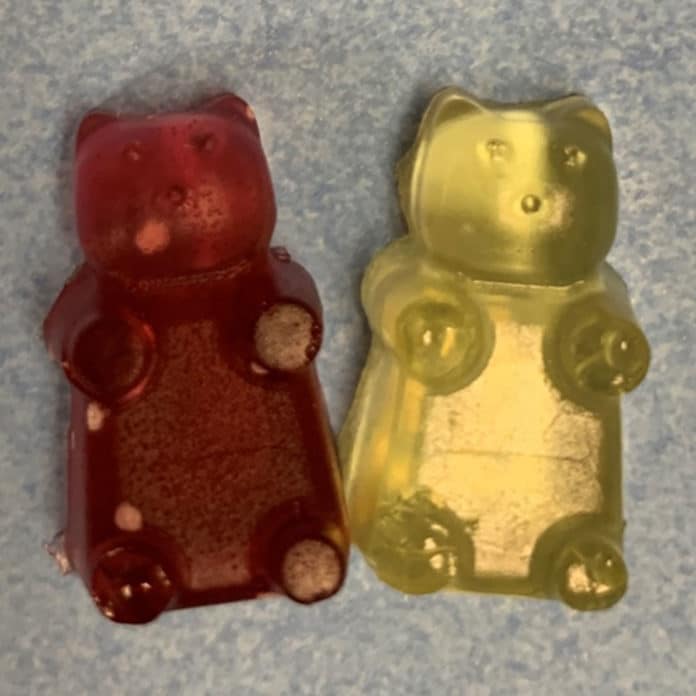Wind power is an increasingly popular form of renewable energy. But, the disposal problem arises when replacing the huge turbine blades.
Scientists report a solution to this problem. They developed a new composite resin suitable for making these behemoths that could later be recycled into new turbine blades or various other products, including countertops, car taillights, diapers, and even gummy bears.
At the end of its use cycle, the resin can be dissolved, and that releases it from whatever matrix it’s in so that it can be used over and over again in an infinite loop.
Wind turbine blades are usually made of fiberglass. Some companies have discovered ways to recycle fiberglass into lower-value materials; however, most discarded blades end up in landfills. Plus, the disposal problem gets worse.
John Dorgan, Ph.D., and colleagues at Michigan State University made a new turbine material by combining glass fibers with a plant-derived polymer and a synthetic one. They made the panels using thermoplastic resin that is strong and durable for turbines.
When dissolved in fresh monomer and physically removed from the glass fiber, scientists could recast the panels into new products of the same type. Notably, the recast panels had the same physical properties as their predecessors.
Scientists also demonstrated that: By mixing the resin with different minerals, the team produced cultured stone that could be transformed into household objects, such as countertops and sinks.
Dorgan said, “We’ve recently made a bathroom sink with the cultured stone, so we know it works.”
“We could also crush the recovered material and mix it with other plastic resins for injection molding, which is used to make items like laptop covers and power tools.”
“The material could even be upcycled into higher-value products. Digesting the thermoplastic resin in an alkaline solution released poly(methyl methacrylate) (PMMA), a common acrylic material for windows, car taillights, and many other items. Raising the digestion temperature converted PMMA into poly(methacrylic acid), a super-absorbent polymer used in diapers. The alkaline digestion also produced potassium lactate, which can be purified and made into candy and sports drinks.”
“We recovered food-grade potassium lactate and used it to make gummy bear candies, which I ate.”
“We plan to make some moderately sized blades for field testing. The current limitation is that there’s not enough of the bioplastic that we’re using to satisfy this market, so there needs to be considered production volume brought online if we’re going to start making wind turbines out of these materials.”
“And is there a “yuck factor” involved in eating candy that was once part of a wind turbine?”
“I don’t think so. A carbon atom derived from a plant, like corn or grass, is no different from a carbon atom from fossil fuel. It’s all part of the global carbon cycle, and we’ve shown that we can go from biomass in the field to durable plastic materials and back to foodstuffs.”
The researchers will present their results today at the fall meeting of the American Chemical Society (ACS).
